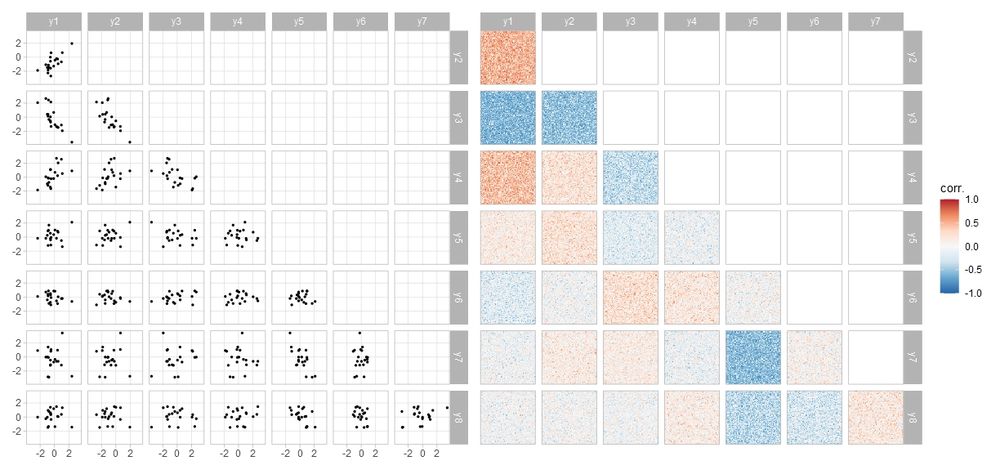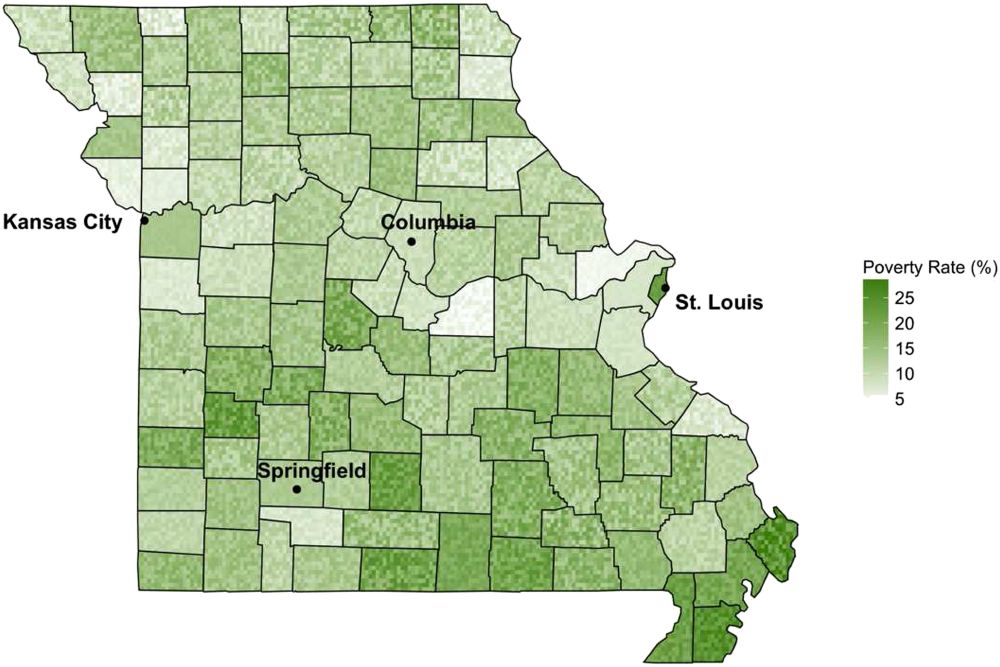
Co-director https://mucollective.northwestern.edu
Co-founder https://journalovi.org
Note "The" is not kerned correctly
(see perspective-corrected still for reference)



Note "The" is not kerned correctly
(see perspective-corrected still for reference)


(this is fun I'm getting pretty good at this)

(this is fun I'm getting pretty good at this)
sure "theory figures" are great, but @matthew.wiki, @maryamhed.bsky.social, me, and Carolina Nobre wonder: why always a 2D plane or a flowchart? why not icebergs, horseshoes, Möbius strips, or BLT sandwiches?
arxiv.org/abs/2510.01382
#ieeevis #hci

sure "theory figures" are great, but @matthew.wiki, @maryamhed.bsky.social, me, and Carolina Nobre wonder: why always a 2D plane or a flowchart? why not icebergs, horseshoes, Möbius strips, or BLT sandwiches?
arxiv.org/abs/2510.01382
#ieeevis #hci
that density estimator doesn't account for the boundedness of group C and it's usually possible to do better than random jitter

that density estimator doesn't account for the boundedness of group C and it's usually possible to do better than random jitter

![library(ggplot2)
library(ggdist)
library(distributional)
theme_set(theme_ggdist())
data.frame(
x = dist_normal(1:5, exp(4:0 / 8)),
y = letters[1:5]
) |>
ggplot(aes(xdist = x, y = y)) +
stat_slabinterval(
aes(thickness = 1 - abs(2 * !!Pr_(X <= x) - 1))
)](https://cdn.bsky.app/img/feed_thumbnail/plain/did:plc:6fs5x6cofzyz4si2xhqiqj37/bafkreic777xb5yfbgkiqicl6gagprsottthrj2e2n5t3pvad3aifb3phei@jpeg)
Some time ago I played with these on correlation heatmaps which don't have that baggage

Some time ago I played with these on correlation heatmaps which don't have that baggage
Lucchesi & Wikle (doi.org/10.1002/sta4...) discuss it (and link to earlier work I've only found illegible scans of: doi.org/10.1016/S009..., and Preston & Ma did a study on some variations (doi.org/10.1109/TVCG...)


Lucchesi & Wikle (doi.org/10.1002/sta4...) discuss it (and link to earlier work I've only found illegible scans of: doi.org/10.1016/S009..., and Preston & Ma did a study on some variations (doi.org/10.1109/TVCG...)

You wouldn't write "the very tall building is very extremely tall"; don't do the visual equivalent. If everything is emphasized nothing is.
Corrolary: obey the pen. If you drew it by hand, line widths and font weights would match, creating even texture.



You wouldn't write "the very tall building is very extremely tall"; don't do the visual equivalent. If everything is emphasized nothing is.
Corrolary: obey the pen. If you drew it by hand, line widths and font weights would match, creating even texture.
Vis design is a high-dimensional optimization problem and it's easy to get stuck in a bad corner of the design space
Grids (flexible ones) add constraints that help you start and stay in better parts of the design space

Vis design is a high-dimensional optimization problem and it's easy to get stuck in a bad corner of the design space
Grids (flexible ones) add constraints that help you start and stay in better parts of the design space
Design to be read at multiple levels
e.g. this vis lets you see fine detail over time at the state level and high-level geographic patterns across the country: web.archive.org/web/20161220152747/http://graphics.wsj.com/elections/2016/field-guide-red-blue-america/

Design to be read at multiple levels
e.g. this vis lets you see fine detail over time at the state level and high-level geographic patterns across the country: web.archive.org/web/20161220152747/http://graphics.wsj.com/elections/2016/field-guide-red-blue-america/
If you don't do this deliberately, it will be an accident of your design (and likely not a good one)
I like to play an excerpt from this clip on film: the techniques we use for emphasis in vis aren't exactly the same, but the need is similar: youtu.be/v4seDVfgwOg?...



If you don't do this deliberately, it will be an accident of your design (and likely not a good one)
I like to play an excerpt from this clip on film: the techniques we use for emphasis in vis aren't exactly the same, but the need is similar: youtu.be/v4seDVfgwOg?...
If people have to commit stuff to memory - or worse multiple things and compare them in their memory - you defeat the purpose of vis in the first place
Implies prefer direct labels over legends/captions, avoid tooltips, make comparisons visual, ...



If people have to commit stuff to memory - or worse multiple things and compare them in their memory - you defeat the purpose of vis in the first place
Implies prefer direct labels over legends/captions, avoid tooltips, make comparisons visual, ...
Marks should not have multiple reasonable interpretations
Compare this to a guideline that doesn't work: maximizing the data-ink ratio. Avoiding ambiguity will identify most of the actual design problems the data-ink ratio would identify without its numerous false positives


Marks should not have multiple reasonable interpretations
Compare this to a guideline that doesn't work: maximizing the data-ink ratio. Avoiding ambiguity will identify most of the actual design problems the data-ink ratio would identify without its numerous false positives
Pick the most perceptually effective encodings for your data. This is not a hard rule - other considerations (visual metaphor, audience familiarity, etc) will intercede, but it's often a good place to start design iteration from.

Pick the most perceptually effective encodings for your data. This is not a hard rule - other considerations (visual metaphor, audience familiarity, etc) will intercede, but it's often a good place to start design iteration from.
These days (for academic vis) I'd add "ensure natural visual operations correspond to meaningful operations in data space". Need to make slides for that.

These days (for academic vis) I'd add "ensure natural visual operations correspond to meaningful operations in data space". Need to make slides for that.
(mid 90s Costner was end-of-the-world Costner)

(mid 90s Costner was end-of-the-world Costner)
this:
penguins |>
pivot_pairwise(bill_len:body_mass)
is roughly:
penguins |>
pivot_longer(bill_len:body_mass) |>
gather_pairs(name, value, triangle = "both")

this:
penguins |>
pivot_pairwise(bill_len:body_mass)
is roughly:
penguins |>
pivot_longer(bill_len:body_mass) |>
gather_pairs(name, value, triangle = "both")
what would it look like if a series showed how the probabilities of the two teams evolved over time, maybe as a stacked area? then you could see how that series went and teams would visually drop off during the round they lose rather than just before it

what would it look like if a series showed how the probabilities of the two teams evolved over time, maybe as a stacked area? then you could see how that series went and teams would visually drop off during the round they lose rather than just before it
OP: I want to build it
Commenter: so you totally missed the point of the book right
OP: exactly


OP: I want to build it
Commenter: so you totally missed the point of the book right
OP: exactly
on asymmetric layouts I think they can guide the eye to the right "center" in each group since it isn't the center of mass


on asymmetric layouts I think they can guide the eye to the right "center" in each group since it isn't the center of mass



